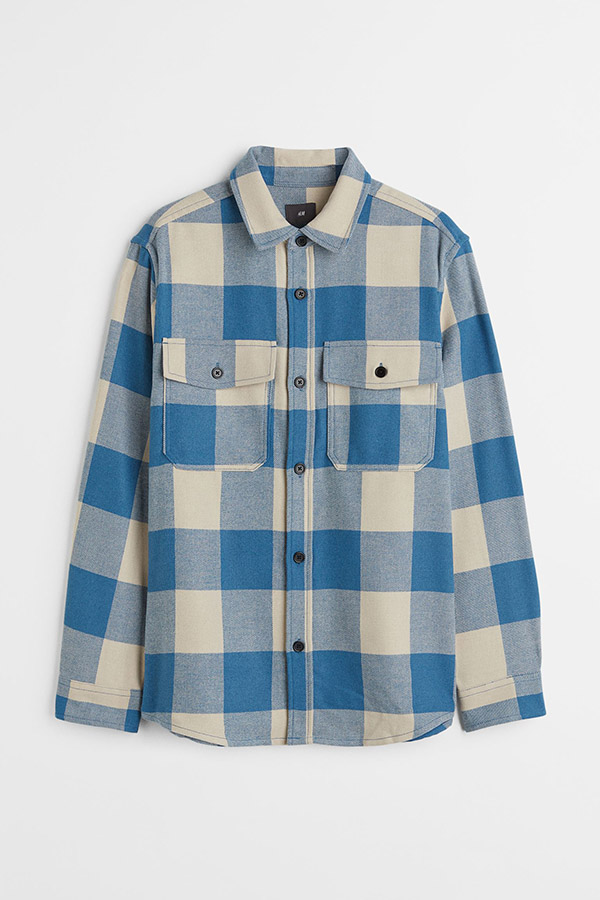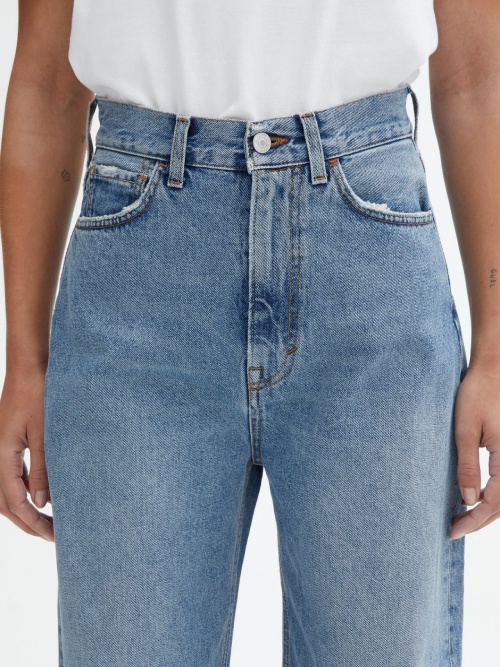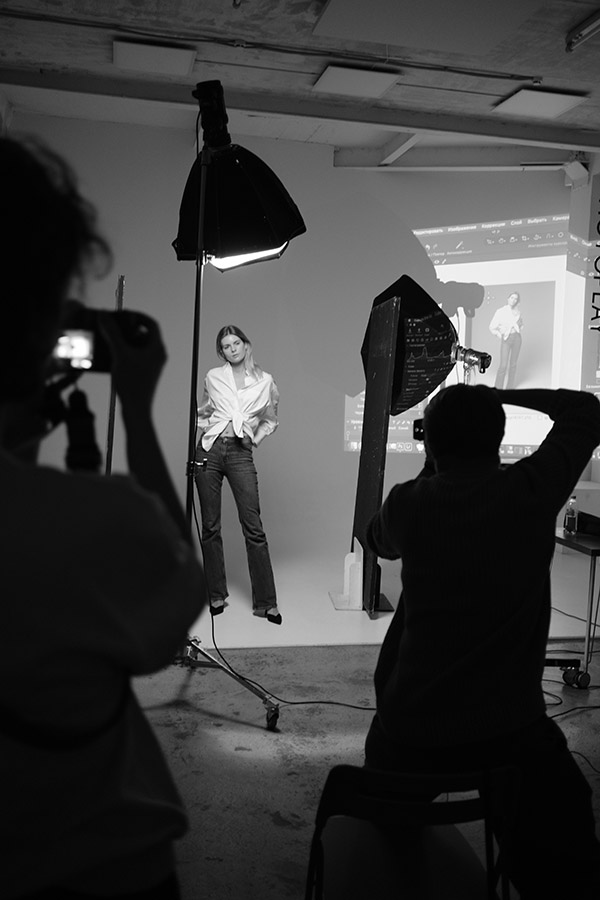Retouching of packshots
Retouching packshots, along with clipping, has become standard when images need to be prepared for online use.
Mindworking Asia removes scratches, dust, stains and creases on all types of products for our clients.
We tailor to clients image template which creates a seamless experience for their customers.
We work in three shifts and can therefore utilize every hour of the day, which means very fast turnaround times.
In addition we offer superimposing of neck sections in clothes, color management of products, color change of textiles and much more.


.png?width=148&height=81&name=LOGO%20(6).png)




.jpg?width=400&height=400&name=Shushi%200102%20(1).jpg)
